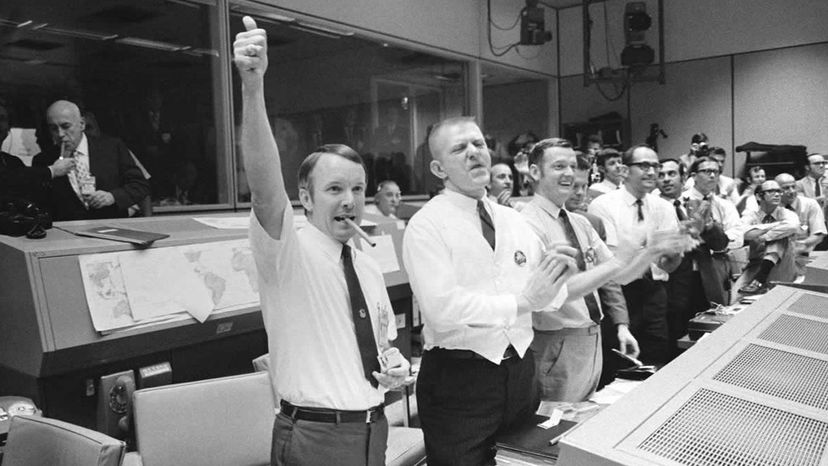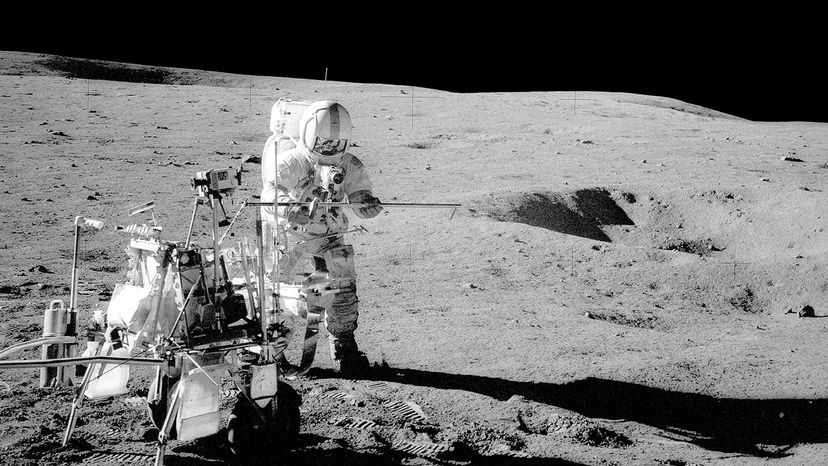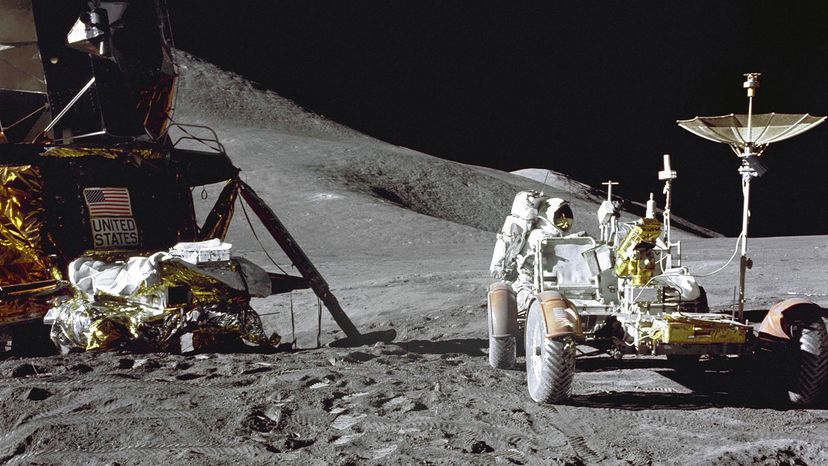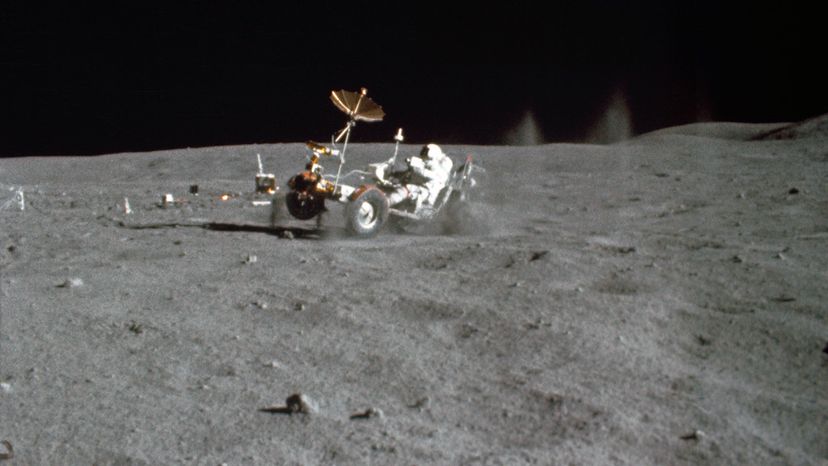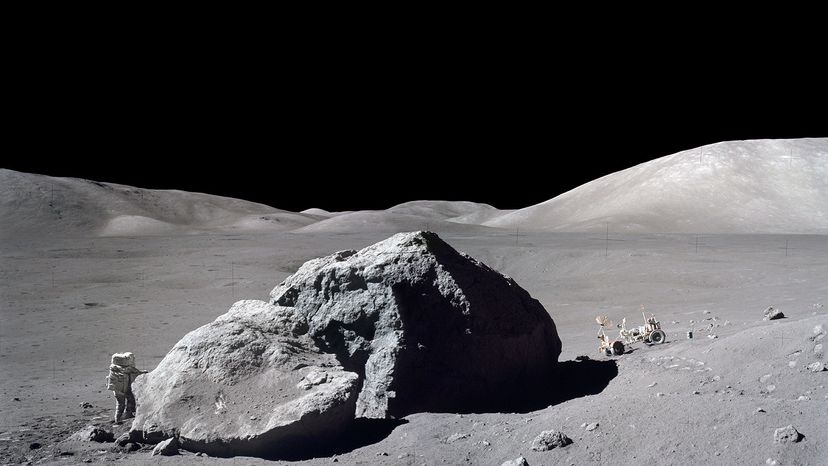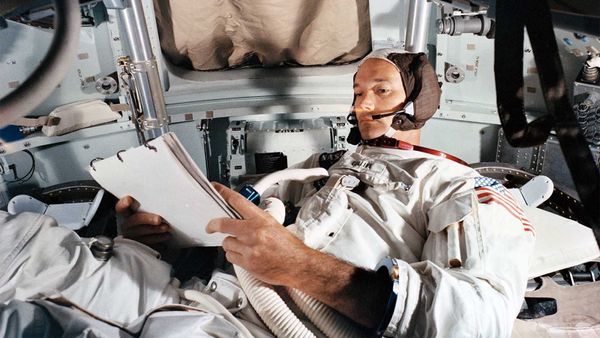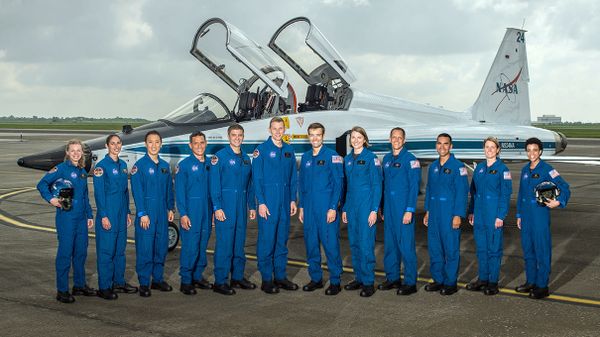
Key Takeaways
- After Apollo 11's success, NASA continued its lunar exploration with six more missions, from Apollo 12 to Apollo 17, each contributing unique scientific discoveries and overcoming various challenges.
- Apollo 12 marked a precision landing on the moon. Apollo 13 showcased NASA's ability to handle in-space emergencies, and Apollo 14 saw Alan Shepard famously hit golf balls on the lunar surface.
- Apollo 15 introduced the Lunar Roving Vehicle, expanding exploration capabilities, while Apollo 16 explored the highlands. Lastly, Apollo 17, the last manned lunar mission, provided valuable scientific data and left a legacy of exploration and innovation.
Here's some food for thought. Since the dawn of mankind about 50,000 years ago, it's estimated that more than 108 billion humans have been born. But out of all those multitudes, only a dozen people have ever set foot on the moon. (So far, anyway.)
All 12 were highly trained astronauts in NASA's Apollo program. Everyone knows about Apollo 11, the 1969 mission that saw Neil Armstrong and Edwin "Buzz" Aldrin take humanity's first, tenuous steps onto another celestial body. But what about what happened next? After Armstrong's crew returned safely home, NASA flew six other Apollo missions. Each one brought new discoveries intertwined with fresh challenges.
Advertisement
Advertisement
